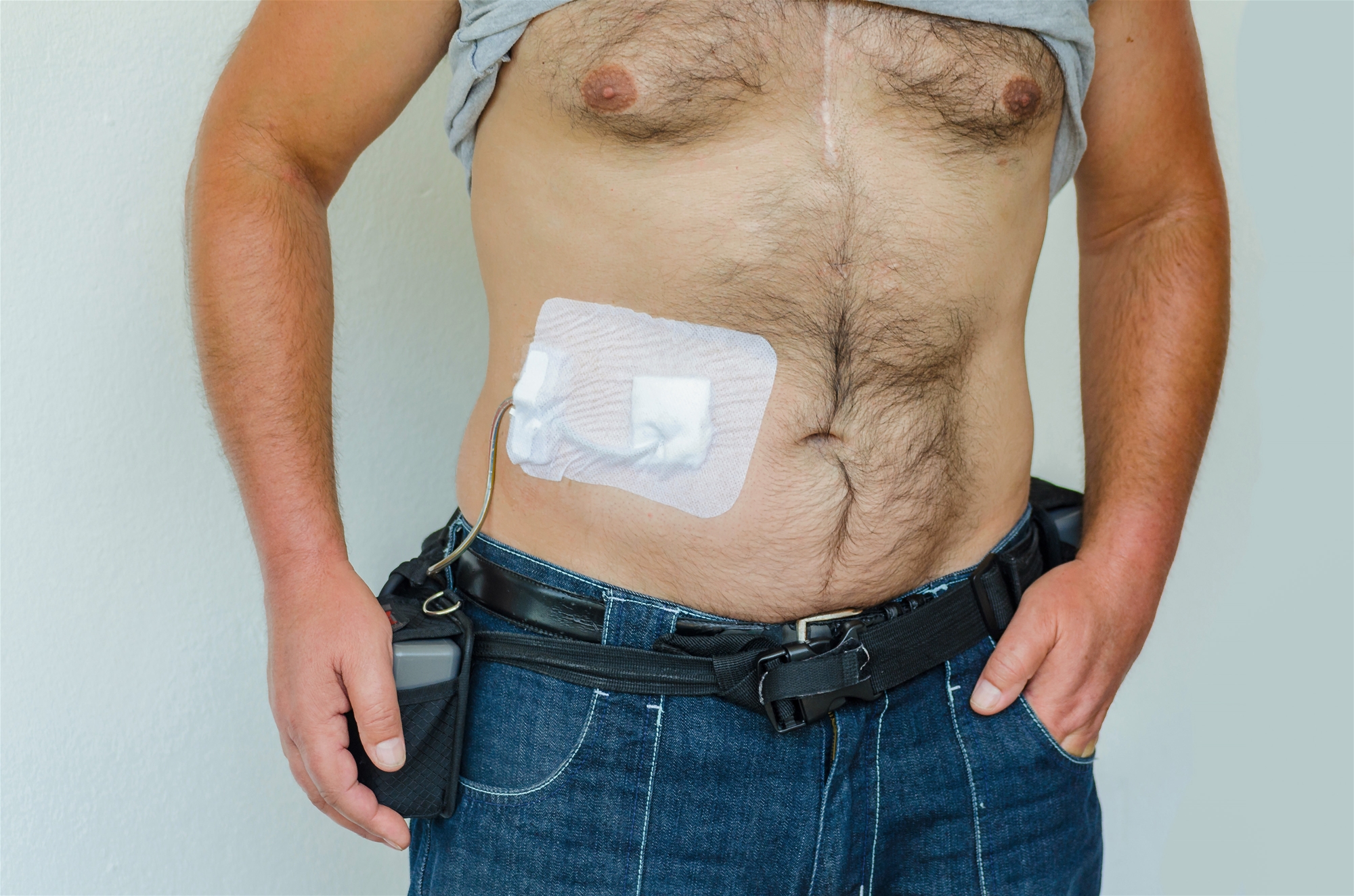Name of Medical Device
Ventricular assist device.
Description
A left ventricular assist pump is a mechanical cardiac assist device used to treat patients with end-stage heart failure to prolong their lives while they wait for a heart transplant.
When to Use
Heart transplantation has become a standard treatment for end-stage heart failure in the medical community. Clinically, we use a variety of medical therapies to control the patient's condition, such as amiodarone, ACE inhibitor, automatic implantable cardioverter defibrillator (AICD); unfortunately, more than half of patients with end-stage heart failure die from complications, myocardial infarction or ventricular arrhythmia while waiting for a heart transplant.
Possible Side Effects
- Bleeding:
- Bleeding at the site of anastomosis of the artificial vessel with the apex of the left ventricle or ascending aorta.
- Dysfunction of coagulation and blood coagulation after extracorporeal circulation.
- Bleeding at other surgical sites.
- Right ventricular (RV) failure
- The incidence rate is about 5 to 25 %.
- Possible reasons: RV is damaged or improperly protected before or during surgery. RV failure occurs when the right ventricle is compressed by an outflow artificial vessel. The negative pressure suction of the blood pump causes the contraction of the ventricular septum to be unable to coordinate with the contraction of the RV.
- Thromboembolism: After a blood clot forms in a pump, it flows to various parts of the body, resulting in a stroke. Thromboembolism and its possible comorbidities are prevented by:
- Novacor LVAD using anticoagulant Coumadin for treatment.
- Treatment with antiplatelet agents: Aspirin, Licodin.
- Pump flow index >2L/min/M2 and stroke volume >35ml are recommended to maintain proper pump flow rates to avoid formation of thrombosis due to slow flow rates.
- Infection.
- Hemolysis: usually only very slight hemolysis.


Postoperative Care
- Postoperative chest X-ray is required to confirm the location of the catheter.
- When infectious symptoms such as redness and swelling of the surrounding wound or effusion occur, receive relevant examinations as soon as possible.
- Take antibiotics and anticoagulants according to a strict schedule.
- If the pump flow rate changes, please notify the doctor or nurse.
- Please make sure that your primary care provider understands the procedures of wound care and cleaning before discharge from hospital. If you have any questions, please consult your physician or nurse practitioner for relevant information.
- During the treatment with anticoagulants, the coagulation function should be tested regularly at the outpatient clinic to adjust its dosage. An excessively high dosage may cause various bleeding risks, while an excessively low dosage may lead to thrombosis on the valve and the risk of systemic thrombosis.

